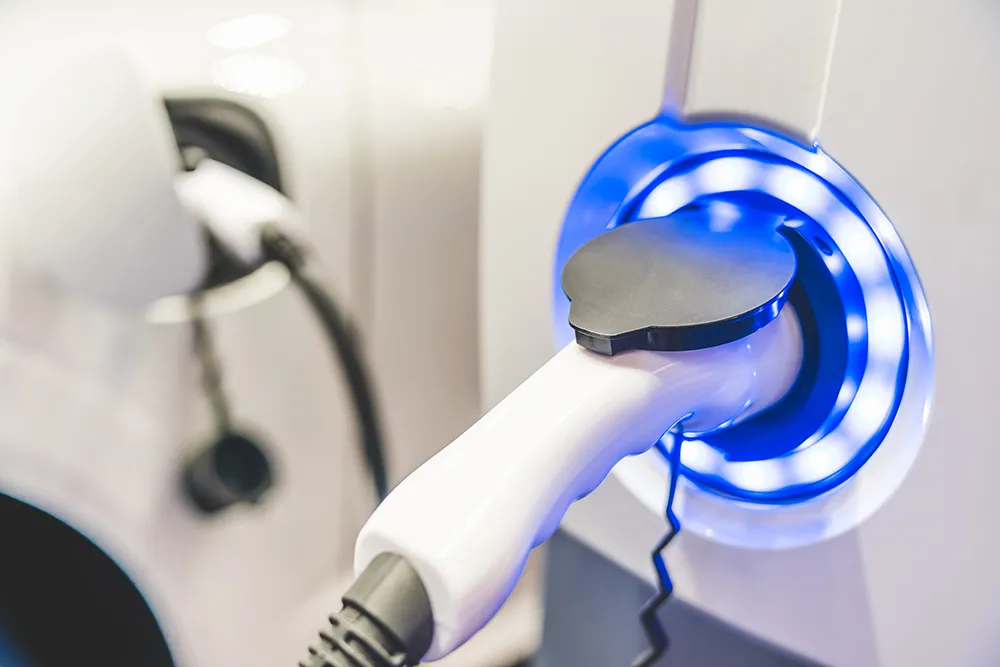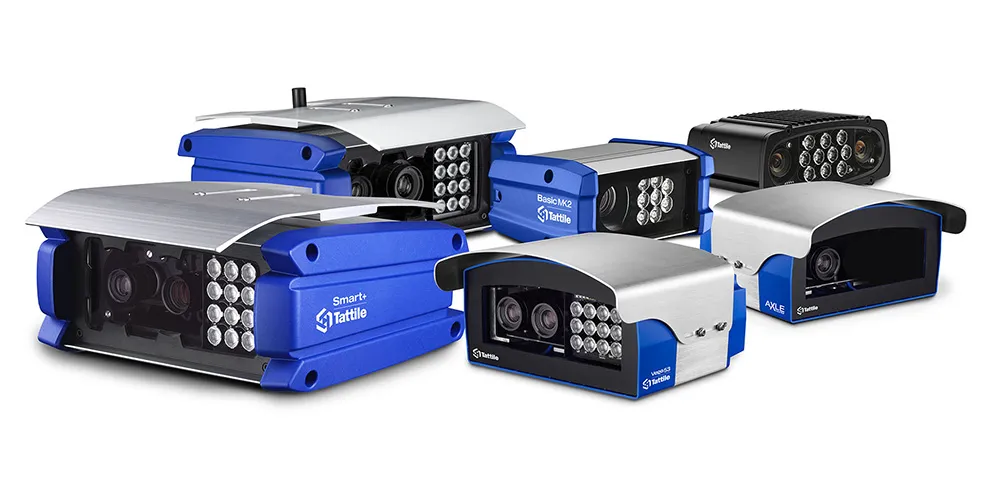The company says the gantry-mounted, standalone system ensures that no post-processing of pictures is necessary.
Two cameras per lane are included to ensure left- and right-sight. An infrared illuminator allows night-time operation, with all image analysis - including the use of artificial intelligence to recognise the axle and wheel as well as counting - done on board in real time.
Tattile says: “Until now axle counting still has not found a smart solution, as in existing systems many times human interpretation of a picture taken at a toll station is still needed. Thus the final step was missing to completely automate this process through the use of image analysis.”
Tattile launches Axle Counter
Tattile has launched an automatic system for determining the number of axles on a vehicle for tolling solutions. Axle Counter records the axles of any vehicle - driving at speeds up to 180km/h - in order to help toll operators allocate the correct charges.
October 17, 2019
Read time: 1 min










